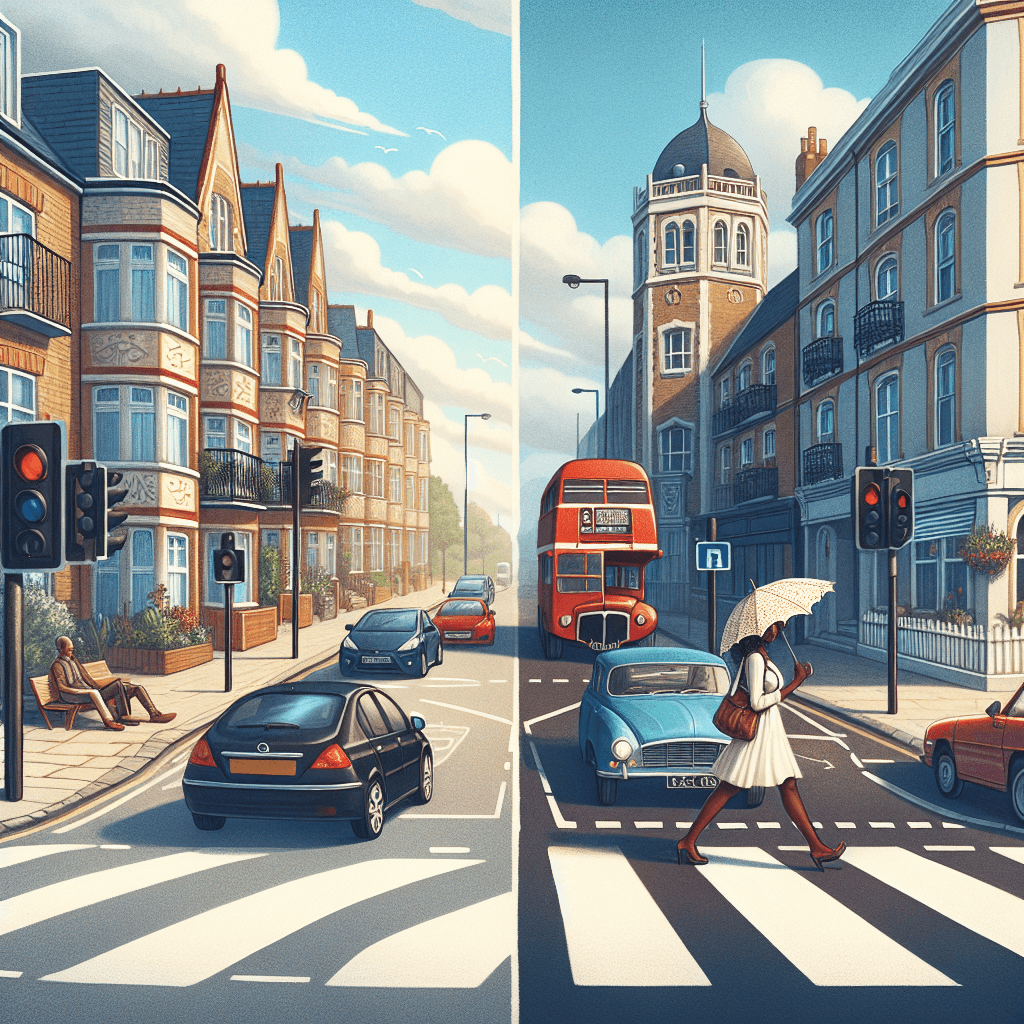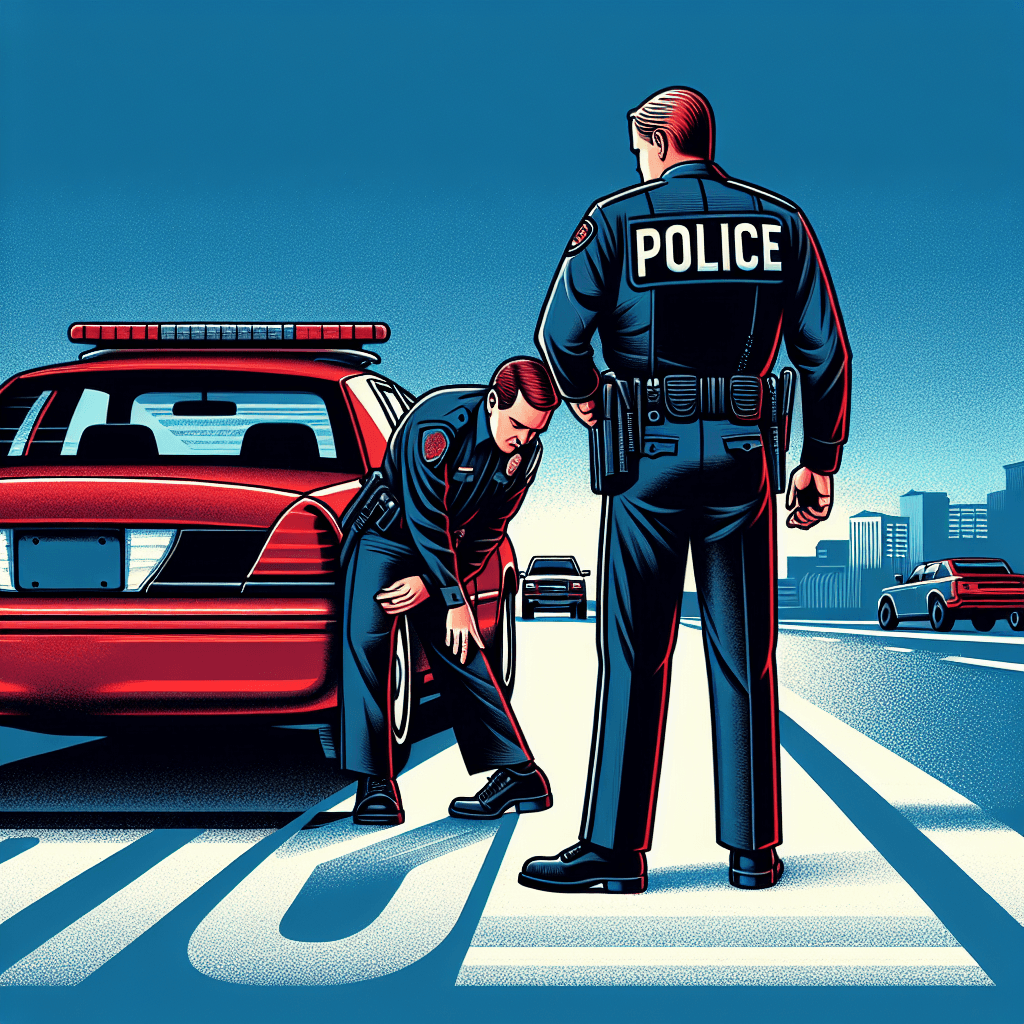Why do some countries drive on the left side of the road
The answer has more to do with ancient sword fights and clashing empires than it does with traffic flow. Uncover the fascinating history that literally splits the world's roads in two.


Too Long; Didn't Read
TLDR: It's a historical holdover. Driving on the left kept a right-handed swordsman's dominant hand free. The switch to the right was influenced by large wagons in France and the US. Which side a country uses today largely depends on its historical ties, mainly to the British Empire (left) or French and American influence (right).
From Roman Carts to Modern Cars: Why Do Some Countries Drive on the Left Side of the Road?
Ever found yourself in London, Dublin, or Sydney and instinctively looked the wrong way before crossing the street? It's a common experience for the nearly two-thirds of the world's population accustomed to driving on the right. This global divide, where about 35% of countries keep to the left, isn't an arbitrary choice or a modern quirk. It’s a fascinating legacy of history, shaped by everything from ancient warfare and imperial ambitions to the design of the very first mass-produced automobiles. This post will journey back in time to uncover the deep-rooted historical reasons behind this enduring global split and explain why your car has its steering wheel on one side and not the other.
The Ancient Origins: A Right-Handed World
For much of early human history, evidence suggests that keeping to the left was the unspoken rule of the road. But why? The answer lies in human anatomy and self-preservation.
Historians widely believe that in a violent and unpredictable world, it was simply safer. With the vast majority of people being right-handed, a lone traveler on horseback or a cart driver would keep to the left side of a path. This practical decision ensured their dominant right hand—their sword hand—was positioned towards oncoming traffic, ready to greet a friend or, more importantly, defend against an enemy. Archaeological evidence supports this theory; the ruts in the road leading to a Roman quarry near Swindon, England, are much deeper on the left side, suggesting that loaded carts heading out kept left.
This custom prevailed for centuries, particularly in feudal societies across Europe where the risk of a roadside encounter was always present.
The Great Switch: Napoleon, Revolution, and the Right
So, if keeping left was the historical norm, what caused most of the world to change? The shift began in the late 18th century and can be largely attributed to two major forces: revolution in France and the expansion of the United States.
In France, before the 1789 revolution, the aristocracy traveled on the left side of the road, forcing the peasantry and common folk over to the right. After the storming of the Bastille, aristocrats sought to blend in with the public by moving to the right side. In 1794, the French government made driving on the right the official rule in Paris, a practice that Napoleon Bonaparte later enforced across his vast European empire.
As a result, countries Napoleon conquered—like Germany, Italy, Spain, and the Netherlands—adopted the right-hand rule. Nations that successfully resisted him, chief among them Great Britain, defiantly remained on the left. This political and military struggle is a primary reason for the continental European divide we see today.
The British Empire's Enduring Legacy
While Napoleon spread right-hand traffic across Europe, the British Empire was exporting its left-hand tradition across the globe. Britain officially mandated keeping left with a series of laws, including the Highway Act of 1835. As its empire expanded, this rule was established in its many colonies.
This is why, to this day, a map of left-hand-drive countries is a near-perfect reflection of Britain's former imperial reach. Key examples include:
- Australia and New Zealand
- India, Pakistan, and Bangladesh
- South Africa, Kenya, and Uganda
- Many Caribbean islands like Jamaica and Barbados
Interestingly, Japan also drives on the left. Although never a British colony, Japan's decision was heavily influenced by British engineers who helped design its first comprehensive railway system in the 19th century, which followed the keep-left rule.
The American Influence and the Age of the Automobile
In the United States, the preference for the right side of the road developed from the use of large freight wagons pulled by teams of horses. These wagons often had no driver's seat, so the driver would ride the left rear horse to control the team with his right hand. From this position, it was easier and safer to pass oncoming traffic by keeping to the right.
However, the true global standard-setter was Henry Ford. When he began mass-producing the Model T in 1908, he made a crucial design choice: he placed the steering wheel on the left side of the car. His reasoning was that it was safer for the driver to gauge the edge of the road and for passengers to exit directly onto the curb. As the affordable and immensely popular Model T flooded the American and international markets, it cemented right-hand driving as the norm in many nations. Countries with a budding automotive industry, like Canada, soon switched to the right to align with their powerful neighbor and the flood of American-made cars.
Conclusion
The side of the road we drive on is far from a random decision. It is a living piece of history, a daily reminder of ancient customs, fallen empires, political revolutions, and technological innovation. From the sword-wielding hand of a Roman traveler to the placement of the steering wheel in a Ford Model T, each choice has contributed to the great global divide we navigate today. So, the next time you cross a road, whether at home or abroad, take a moment to appreciate the centuries of history that dictated which way you need to look first.
More Articles

Why do movie punches sound so much crunchier and louder than real ones?
That sickening, bone-crunching punch you hear in the movies is a lie, and the secret ingredient is probably sitting in your refrigerator right now.

What makes a beer bottle suddenly foam over just from a light tap on top?
It’s not magic, it’s a shockwave; discover the explosive physics that turns a gentle tap on your beer bottle into an instant foamy geyser.

Why do police officers touch the back of a car during a traffic stop?
It’s not a random habit; that simple touch is a calculated, old-school tactic designed to leave a crucial and potentially life-saving piece of evidence behind.